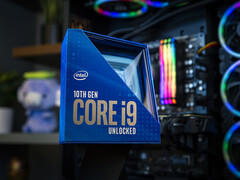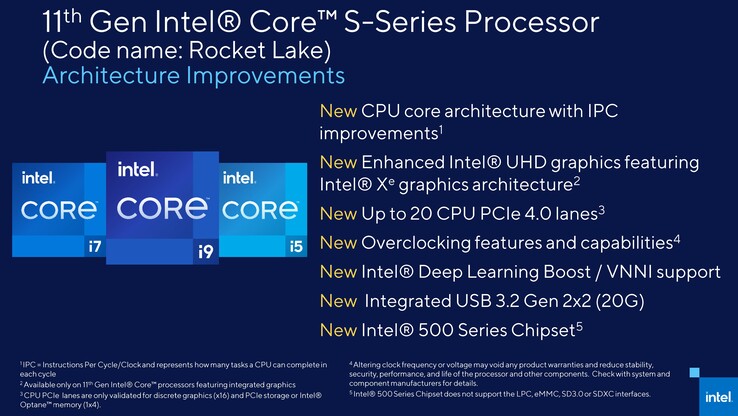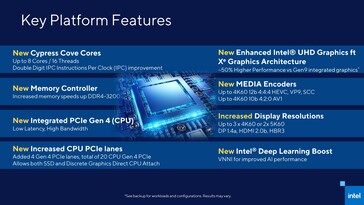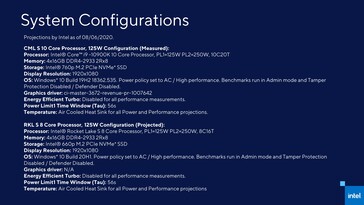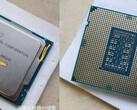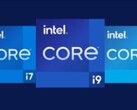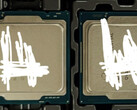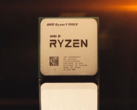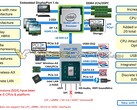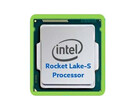Intel recently briefly introduced that their upcoming desktop platform will be called Rocket Lake and that it will come with support for PCIe Gen4. While the company didn't disclose any specifics back then, we are now getting to know some of the high-level architectural details. Intel is claiming that Rocket Lake will offer up to double-digit percentage gen-on-gen IPC improvements on the new Cypress Cove architecture.
Cypress Cove — Ice Lake CPU + Tiger Lake GPU
So far, we've thought that Cypress Cove is basically a Willow Cove backport on 14 nm. Turns out that will not be the case. Intel has now specified that Cypress Cove will be a combination of an Ice Lake CPU and a Tiger Lake GPU. The 10 nm Ice Lake platform had issues in attaining high clocks, which is why Intel focused only on U and Y-series chips at that time though we did see Ice Lake server (expected to debut sometime in late 2020) parts in the wild as well.
However, the company is now claiming to "push the limits of performance with IPC gains and the frequencies necessary for gaming, content creation, and multitasking". We will have to see what clocks these chips are able to attain and whether they will be able to really deliver on the double-digit percentage IPC improvements over Comet Lake-S.
Also being confirmed is that Rocket Lake will indeed top out at eight cores and 16 threads. According to Intel's projected numbers, Rocket Lake-S will have a PL1 of 125 W and a PL2 of 250 W.
The GPU part will be one of those Tiger Lake Xe parts. We recently saw a Rocket Lake Xe iGPU score 1,900 points in 3DMark 11. Intel says that the new UHD Graphics in Rocket Lake-S will be about 50% faster compared to Gen9.
Rocket Lake-S platform features
It is known that Rocket Lake will see the launch of a new 500-series chipset and Intel, today, has confirmed the same. The Rocket Lake platform will offer up to 20 PCIe Gen4 lanes from the CPU (four for a PCIe NVMe SSD and 16 for a dGPU). The platform will also integrate USB 3.2 Gen2x2 with speeds up to 20 Gbps. Intel also said that Cypress Cove will bring increased default memory controller speeds up to DDR4-3200 compared to Comet Lake-S's DDR4-2933 support.
The Xe GPU will support new media encoders including 4K60 12b 4:4:4: HEVC, VP9, and SCC and also 4K60 10b 4:2:0 AV1. The GPU can drive up to three 4K60 or two 5K60 displays via DisplayPort 1.4a, HDMI 2.0b, and HBR3. Rocket Lake also brings improvements to Intel Deep Learning Boost and support for Vector Neural Network Instructions (VNNI) based on AVX-512.
The Rocket Lake-S platform will launch sometime in Q1 2021.
Source(s)
Intel Press Release




